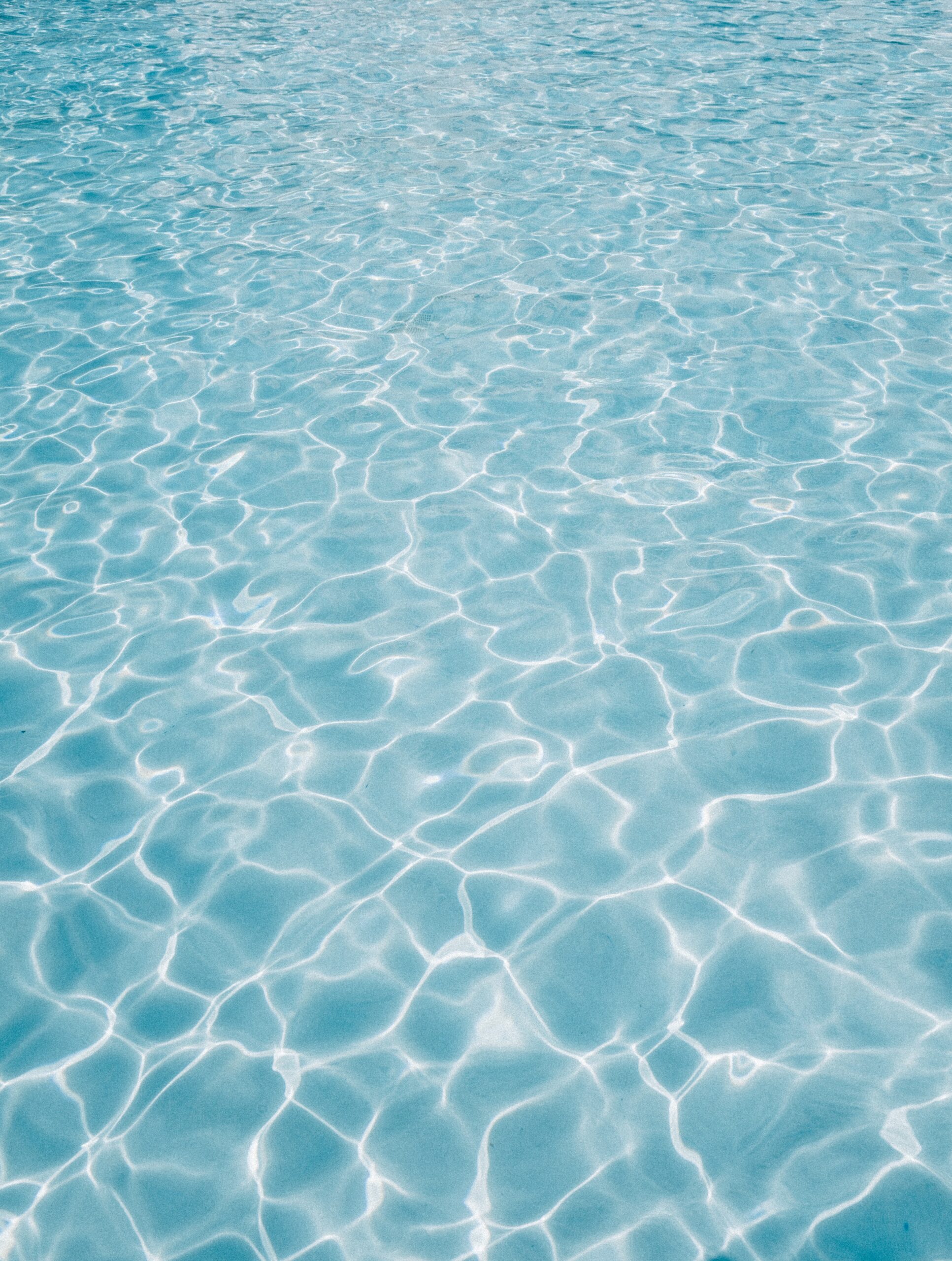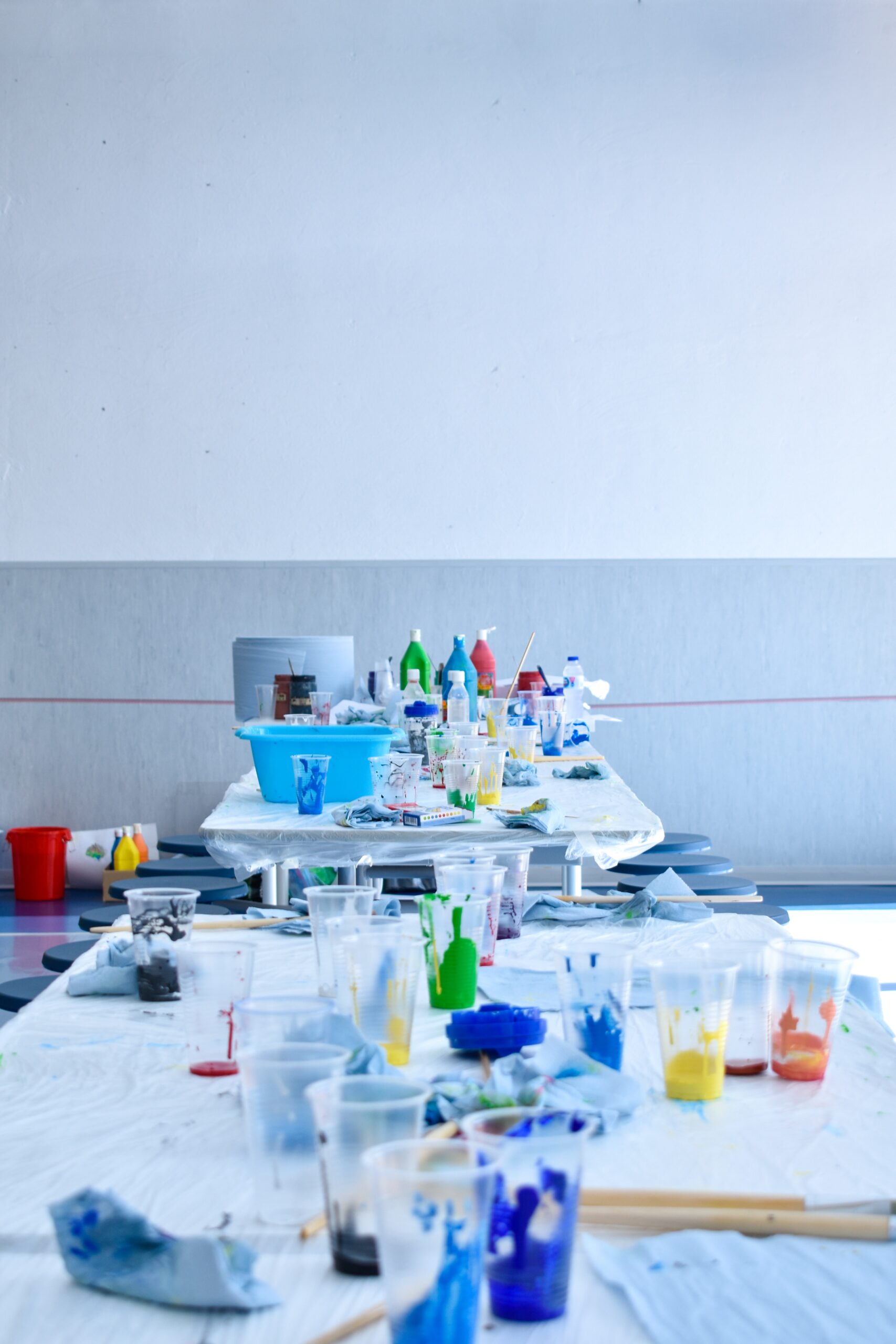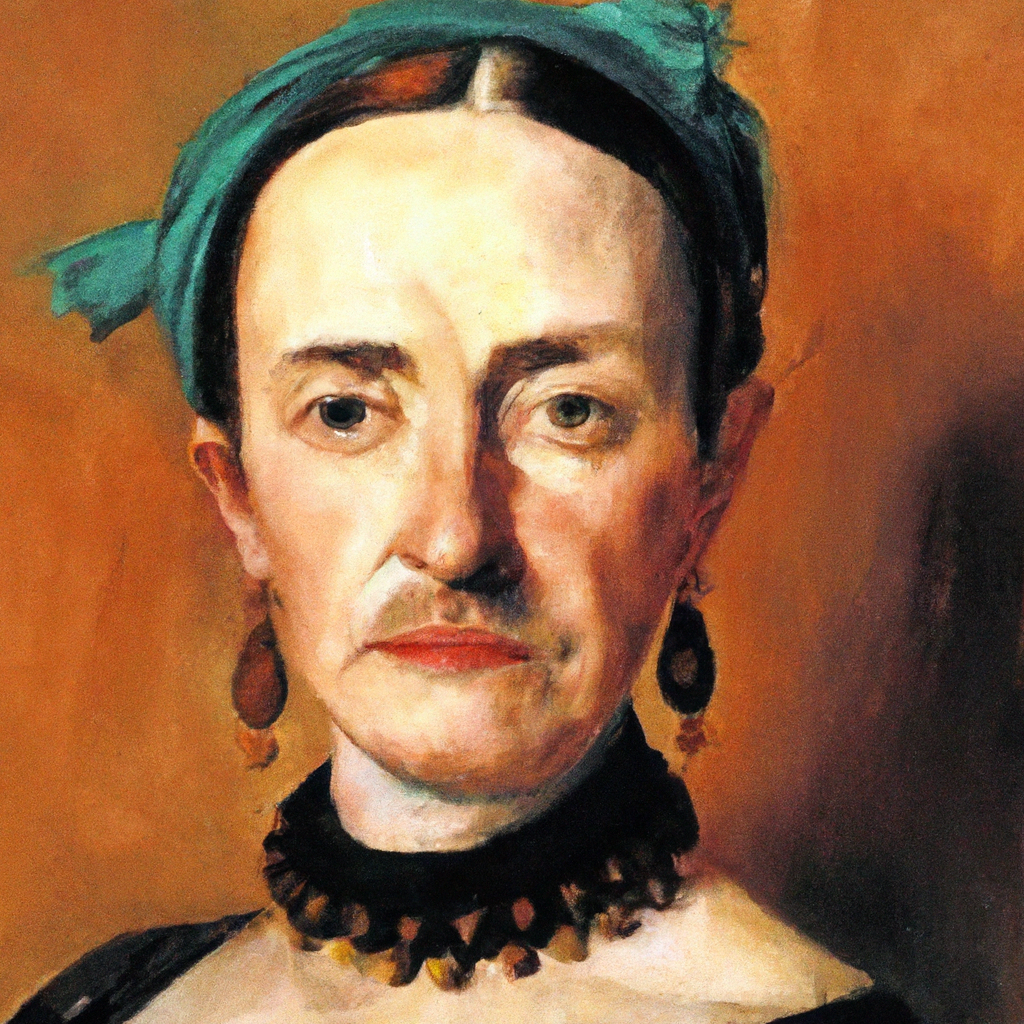Gouache paint, known for its vibrant and opaque colors, has long been favored by artists for its versatility on various surfaces. But can this beloved medium be used on fabric as well? This article explores the possibilities and limitations of using gouache paint on fabric, considering factors such as fabric type, preparation, and permanence. Whether you’re a seasoned artist looking to experiment or a fashion enthusiast seeking unique designs, understanding the potential of gouache paint on fabric will broaden your creative horizons.
Introduction
Gouache paint is a versatile and popular medium that artists use to create stunning artwork. But can gouache paint be used on fabric? In this comprehensive article, we will explore the possibilities of using gouache paint on fabric, its advantages and disadvantages, and how to properly prepare and fix the paint on fabric. Whether you’re a beginner or an experienced artist, this article will provide you with valuable insights and tips for using gouache paint on different types of fabrics.
What is Gouache Paint?
Definition of gouache paint
Gouache paint is a type of water-based paint that is made from a combination of pigments, binders, and additives. It is known for its opaque and vibrant colors, which make it a popular choice among artists. Gouache paint can be reactivated with water, allowing for easy blending and layering. It dries to a matte finish, and when used on paper or canvas, it can create rich and textured effects.
Characteristics of gouache paint
Gouache paint has several unique characteristics that make it different from other types of paint. One of its distinguishing features is its opaque nature, which allows artists to easily cover up mistakes or make corrections. Gouache paint also has a high pigment concentration, resulting in intense and vibrant colors. Additionally, gouache paint has a slightly chalky texture when dry, which can add an interesting tactile element to artwork.

This image is property of images.unsplash.com.
Types of Fabrics
Natural fabrics
Natural fabrics, such as cotton, silk, linen, and wool, are derived from plant or animal sources. These fabrics are known for their breathability, comfort, and durability. Natural fabrics absorb moisture well and can be easily dyed or painted. When using gouache paint on natural fabrics, the colors tend to adhere and blend smoothly, creating a beautiful and seamless finish.
Synthetic fabrics
Synthetic fabrics, such as polyester, nylon, and acrylic, are man-made materials that are created through chemical processes. These fabrics are often chosen for their strength, stretchability, and resistance to wrinkles and fading. While synthetic fabrics are generally less absorbent than natural fabrics, gouache paint can still be used effectively on them. However, it is important to note that the paint may not adhere to synthetic fabrics as well as it does to natural fabrics, and the colors may appear slightly different.
Blended fabrics
Blended fabrics are a combination of both natural and synthetic fibers. Examples of blended fabrics include cotton-polyester blends and silk-wool blends. These fabrics combine the advantages of both natural and synthetic fibers, resulting in garments that are breathable, comfortable, and easy to care for. When using gouache paint on blended fabrics, it is important to consider the characteristics of both types of fibers and test the paint on a small, inconspicuous area before proceeding with the entire project.
Preparation of Fabric
Before applying gouache paint to fabric, it is important to properly prepare the fabric to ensure the best possible results. Proper preparation includes washing and drying the fabric, ironing to remove any wrinkles, and stretching the fabric to create a smooth painting surface.
Washing and drying
Start by washing the fabric to remove any dirt, dust, or sizing that may be present. Use a gentle detergent and follow the fabric’s care instructions. Avoid using fabric softeners, as they can leave a residue that may affect the paint’s adhesion. Once the fabric is clean, air-dry it or use a low-heat setting in the dryer. Avoid using high heat, as it can shrink or damage the fabric.
Ironing
After the fabric is dry, iron it to remove any wrinkles. Set the iron to the appropriate temperature for the fabric type and ensure there is no water or steam in the iron. Use smooth and even strokes to iron the fabric, being careful not to apply too much pressure. Ironing creates a flat and smooth surface, which is important for achieving a clean and professional-looking paint job.
Stretching the fabric
Stretching the fabric before painting can help to prevent any uneven or distorted areas. Secure the fabric onto a stretcher frame, or tape it onto a flat surface using masking tape. Make sure the fabric is taut and without any wrinkles or creases. This will provide a stable surface for painting and ensure that the paint adheres evenly to the fabric.

This image is property of images.unsplash.com.
Testing Gouache Paint on Fabric
Before starting your main project, it is crucial to test the gouache paint on a small area of fabric to determine how it behaves and to ensure that it produces the desired results. Here are some important considerations when testing gouache paint on fabric.
Choosing a test fabric
Select a piece of fabric that is similar to the one you will be using for your main project. If possible, choose a fabric swatch or scrap that is the same type and color as the fabric you plan to paint on. This will give you a more accurate representation of how the paint will look and behave on the final project.
Applying gouache paint
Apply a small amount of gouache paint onto the test fabric using a brush or sponge. Start with thin layers and gradually build up the color, allowing each layer to dry before adding more. Take note of how well the paint adheres to the fabric and whether the colors appear vibrant and opaque.
Drying time
Observe the drying time of the gouache paint on the fabric. Gouache paint typically dries quickly, but the drying time may vary depending on the fabric type and the thickness of the paint layers. Take note of how long it takes for the paint to completely dry, as this will be important when working on your main project.
Washing and durability
After the paint has dried, wash the test fabric according to the fabric’s care instructions. Observe how well the paint withstands washing and whether the colors fade or bleed. Pay attention to any changes in the fabric’s texture or appearance. This will give you an idea of how durable and long-lasting the paint will be on your main project.
Advantages of Using Gouache Paint on Fabric
Using gouache paint on fabric offers several advantages that make it a popular choice among artists and crafters.
Vibrant colors
Gouache paint is known for its intense and vibrant colors, which can greatly enhance the visual appeal of any fabric project. Whether you’re painting a simple design or creating intricate patterns, gouache paint can bring your ideas to life with its rich and vivid hues.
Opacity and coverage
One of the main advantages of gouache paint is its ability to provide excellent coverage. The opaque nature of the paint allows you to easily cover up any unwanted marks or mistakes without compromising the overall appearance of your design. Gouache paint can be layered to create different levels of opacity, allowing you to achieve a wide range of effects and textures.
Easy to mix and blend
Gouache paint is highly versatile and can be easily mixed and blended together to create custom colors and shades. This gives you full control over the color palette and allows you to achieve the exact look and feel that you desire. Whether you prefer bold and contrasting colors or subtle and harmonious tones, gouache paint provides endless possibilities for experimentation and creativity.
Suitable for detailed work
Gouache paint is well-suited for detailed work, thanks to its ability to hold fine lines and intricate details. Whether you’re painting delicate flowers, intricate patterns, or realistic portraits, gouache paint allows you to capture even the smallest of details with precision and accuracy. Its matte finish adds a touch of elegance to your artwork, making it perfect for decorative and artistic projects.

This image is property of images.unsplash.com.
Disadvantages of Using Gouache Paint on Fabric
While gouache paint offers numerous advantages, there are also some disadvantages to using this medium on fabric.
Limited water resistance
Gouache paint is water-based and can be reactivated with water even after it has dried. This means that it may not be as resistant to water or moisture as other types of fabric paints. If you plan to use the painted fabric in an outdoor or high-moisture environment, it is important to take this into consideration and take extra precautions to protect your artwork.
Possible cracking and flaking
Depending on the type of fabric and the thickness of the paint layers, gouache paint may crack or flake over time. This is especially true when the fabric is subjected to excessive stretching, folding, or washing. To minimize the risk of cracking or flaking, it is essential to follow proper fabric preparation and fixative techniques, as discussed later in this article.
Fabric texture may affect results
The texture of the fabric can impact how the gouache paint adheres and appears on the surface. Some fabrics may have a rough or uneven texture, which can result in a less smooth and uniform paint application. Additionally, certain fabrics may absorb the paint differently, causing the colors to appear slightly different or less vibrant. It is important to take these factors into consideration when choosing fabrics for your gouache painting projects.
Not suitable for heavy wear
While gouache paint can adhere to fabric quite well, it is not recommended for heavily used or frequently washed items, such as clothing or accessories. The constant friction and laundering can cause the paint to wear off or fade over time. If you plan to use gouache paint on fabric that will be subject to regular wear and tear, it is advisable to use a fabric medium or consider alternative painting techniques that offer better durability.
Fixing Gouache Paint on Fabric
To ensure that your gouache painting on fabric remains intact and long-lasting, it is important to properly fix the paint. There are a few methods you can use to fix gouache paint on fabric.
Heat-setting with an iron
Heat-setting the gouache paint with an iron helps to bond the paint to the fabric fibers, making it more resistant to washing and fading. To heat-set the paint, place a thin cloth or paper towel over the painted fabric and iron it on a low to medium heat setting. Be sure to follow the fabric’s care instructions and avoid applying direct heat to the paint for too long, as it can cause the colors to change or the fabric to scorch.
Using fabric medium
Using a fabric medium can enhance the adhesion and durability of gouache paint on fabric. A fabric medium is a type of additive that is mixed with the paint to create a more flexible and fabric-friendly consistency. It also helps to prevent cracking and flaking, especially when painting on fabrics that are prone to stretching or movement. Follow the manufacturer’s instructions for the proper mixing ratio and application technique when using a fabric medium.
Using an acrylic fixative
If you want to add an extra layer of protection to your gouache painting on fabric, you can use an acrylic fixative. An acrylic fixative is a clear spray or liquid that is applied over the dried paint to seal it and protect it from water, dirt, and UV damage. Before using an acrylic fixative, make sure to choose a product that is compatible with water-based paints and fabrics. Follow the manufacturer’s instructions for the proper application and drying time.
Tips for Painting with Gouache on Fabric
To ensure a successful and enjoyable experience when painting with gouache on fabric, here are some helpful tips to keep in mind.
Use a clean palette and brushes
Always start with a clean palette and brushes to prevent any unwanted mixing of colors or contamination. Gouache paint is known for its quick-drying properties, so it is important to work efficiently and clean your brushes and palette regularly to avoid any difficulties or frustrations during the painting process.
Thin layers and let each dry before adding more
When applying gouache paint to fabric, it is best to start with thin layers and gradually build up the color. This allows for more control and helps to avoid any potential cracking or flaking. Make sure to let each layer dry completely before adding more paint to prevent smudging or blending of colors.
Experiment with different techniques
Gouache paint offers endless possibilities for creativity and experimentation. Don’t be afraid to try out different techniques, such as dry brushing, washes, or stippling, to achieve various effects and textures. Use your test fabric to practice different techniques and find the ones that work best for your project.
Protect your work surface
When painting with gouache on fabric, it is important to protect your work surface to prevent any paint or moisture from transferring onto it. Place a plastic sheet, wax paper, or a clean cloth underneath the fabric to create a barrier and to keep your working area clean and tidy.
Conclusion
In conclusion, gouache paint can indeed be used on fabric, offering a unique and vibrant way to create beautiful artwork and designs. By properly preparing the fabric, testing the paint on a small area, and following the suggested fixing methods, you can achieve stunning and durable results. Gouache paint’s vibrant colors, opacity, and suitability for detailed work make it an excellent choice for fabric painting projects. However, it is essential to consider the limitations, such as limited water resistance and the potential for cracking or flaking. With proper preparation, experimentation, and care, using gouache paint on fabric can open up a world of creative possibilities and allow you to express your artistic vision in a new and exciting way.




